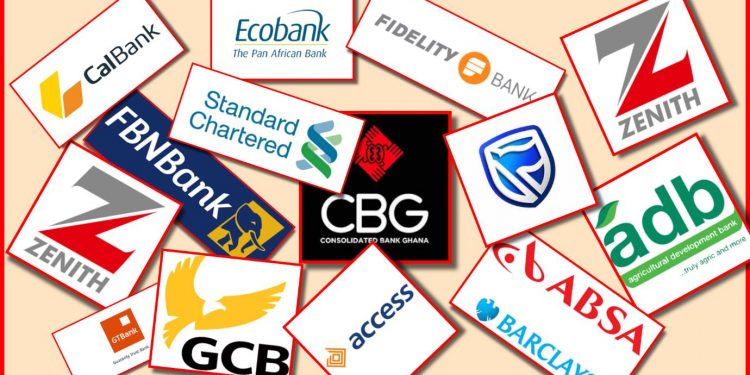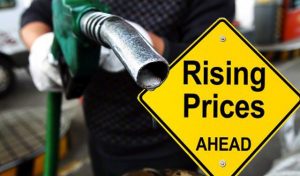The Bank of Ghana has revealed that new loans and advances by banks totalled GH¢21.6 billion in the year to August 2021, marginally above the GH¢20.7 billion for the same period in 2020.
Addressing the Monetary Policy Committee (MPC) press conference in Accra on Monday September 27, Governor of the BoG Dr Ernest Addison said the Non-Performing Loans (NPL) ratio increased from 15.5 percent in August 2020 to 17.3 percent in August 2021, reflecting in part the general pandemic-induced repayment challenges as well as some bank-specific loan recovery challenges.
Dr Addison explained that the latest stress tests conducted on the banking sector show that banks remained resilient under mild to moderate stress conditions supported by the strong capital and liquidity buffers and the regulatory reliefs introduced during the pandemic.
In addition, he said, results from the latest Credit Conditions Survey point to a potential increase in demand for credit over the next two months.
“Commercial banks have also indicated a likely softening of their credit stance to households and firms in the coming months, a development that may translate into higher credit growth to support the ongoing recovery process.
“The Specialized Deposit-Taking Institutions (SDIs) and Non-Bank sub sectors continued to reflect gains after the clean-up process. In July 2021, the balance sheet of the Savings and Loans, Finance Houses, Rural and community Banks and Micro-Finance Institutions improved, compared with July 2020. This was driven by a strong growth of 27.0 percent in deposits relative to 15.7 percent growth in July 2020, and gross advances also increased by 17.3 percent compared with a contraction of 19.3 percent over the same comparative period.
“Price developments indicate an increase in the general price level during the third quarter of 2021. Two readings since the last MPC meeting showed significant increase in headline inflation from 7.8 percent in June 2021, to 9.0 percent in July, and further up to 9.7 percent in August, closer to the upper limit of the medium-term target band. The upward trajectory of inflation was mainly driven by a surge in food prices over the period. Food inflation increased from 7.3 percent in June to 9.5 percent in July, and then to 10.6 percent in August 2021. Non-food inflation also rose marginally from 8.2 percent, 8.6 percent, and then 8.7 percent over the same comparative months.
“The above trends are beginning to reflect in underlying inflation as all the Bank’s core measures of inflation increased over the period. The core inflation measure, which excludes energy and utility, increased from 7.5 percent in June 2021 to 8.9 percent in July, and then to 9.5 percent in August. The weighted inflation expectations index also picked up in July 2021, reflecting higher inflation expectations by businesses, consumers and the financial sector.
“Provisional data on the budget execution for the period January to July 2021 indicated an overall broad cash fiscal deficit of 6.1 percent of GDP, against the target of 5.7 percent of GDP. This was due to higher revenue shortfalls. The corresponding primary balance was a deficit of 1.9 percent of GDP compared to the target deficit of 1.3 percent of GDP. Over the period, total revenue and grants amounted to GH¢34.3 billion (7.8 percent of GDP), below the projected GH¢38.8 billion (8.8 percent of GDP). Total expenditures and arrears clearance amounted to GH¢61.1 billion (13.9 percent of GDP), which was below the programmed target of GH¢63.8 billion (14.5 percent of GDP).
“These developments impacted the stock of public debt which increased to 76.4 percent of GDP (GH¢335.9 billion) at the end of July 2021, compared with 76.0 percent of GDP (GH¢291.6 billion) at the end of December 2020. Of the total debt stock, domestic debt was GH¢173.4 billion (39.5 percent of GDP) while the external debt was GH¢162.5 billion (37.0 percent of GDP).”







